A balanced diet and daily exercise routine is essential to a healthy mind and body. But that’s just the beginning when it comes to optimum health. Ayurvedic medicine and ancient teachings have many lesser-known practices that can assist with things like weight-loss, detoxifying the body, and improving your overall mind, body, and spirit connection.
1. Meditation
A study done at UC San Francisco took 47 overweight women and divided them into two groups. Only one group received training in “mindful eating” and meditated 30 minutes a day. During the four-month period, the women who meditated lost more than a pound of belly fat and showed a big decrease in their cortisol levels (linked to stress) while the control group continued to gain weight.
Meditation can include anything from breath awareness to moving meditation or yoga. Choose the ones that resonate with you and stick with them. The more you practice, the easier it will become.
Try this: Sign up for the 21-Day Meditation Experience with Oprah and Deepak Chopra or get started with guided meditations.
2. Pranayama (Breathing Exercises)
Deep diaphragmatic breathing clears the lungs of carbon dioxide, and increases oxygen intake, providing you body with more vital energy. Deep belly breathing also massages your internal organs and promotes digestion by stimulating metabolism and encouraging peristalsis.
Try this: Kapalabhati is a breathing technique that uses your abdominal muscles to pull in your belly along with repeated forceful exhalations. This is said to strengthen the Agni or digestive fire and can actually give your abdomen a nice workout.
3. Tongue Scraping
This oral hygiene practice has been proven to remove toxins on your tongue better than a toothbrush. If your taste buds are covered with bacteria and plaque, it makes it harder to taste your food. This typically leads to going overboard on salt and loading up on sweeteners, and can result in overeating.
Try this: Place the tongue scraper as far back on your tongue as is comfortable. Using firm but gentle pressure, slide the scraper from the back of your tongue to the tip. Rinse and clean off the scraper and repeat until there’s no chalky residue left. Takes about 1 to 2 minutes.
4. Oil Pulling
Just like in tongue scraping, when you remove toxins and bacteria from the mouth it leads to detoxification of the body. Dr. F. Karach, M.D., who is responsible for introducing oil pulling to the modern world, claims it has the ability to treat various illnesses, ranging from digestive disorders to heart disease.
Try this: Take 1 to 2 tablespoons of cold pressed organic sesame or coconut oil and vigorously swish it around in your mouth like you would mouthwash. After about 15 to 20 minutes, spit the saponified oil out and dispose of it.
5. Massage
Numerous studies have shown the amazing health benefits of massage, including lowered blood pressure, increased muscle tone, stress reduction, and increased lymphatic flow (thereby reducing edema). The National Institute of Health did a study in 2009 concluding that abdominal massage successfully reduced constipation and increased bowel movements.
Try this: If you aren’t able to get to a spa, try a self-massage or Abhyanga with any high-quality organic oil. Ayurveda suggests using either sesame or coconut oil.
- Warm the oil and apply it to the entire body from your scalp to your toes.
- Take more oil and spend some time on each area of your body, using circular movements over the joints and long strokes over the long areas of your body like the forearms and thighs.
- Spend some time where there are nerve endings including your scalp, hands, and feet.
- Massage your abdomen in a clockwise motion for improved digestion.
Put some love into your self-massage and take your time.
6. Sweating (Swedana)
Your skin is the largest organ of detoxification. When pores are exposed to heat they enlarge and allow impurities to be released from the body through the sweat glands. Sweating also increases circulation and helps your body get rid of excess water weight.
Swedana is the name of a blissful Ayurvedic spa treatment that includes a full-body oil massage followed by a steam. It mobilizes the toxins in your body, which then release through your pores.
Try this: Whether it’s hitting up the sauna at the gym or taking a hot bath, get your sweat on. Just be sure to hydrate while doing so.
7. Basti (Enema)
This therapeutic treatment uses herbal oil, which is introduced into the rectum with the purpose of lubricating the intestinal tract and flushing out toxins. This may not be for everyone, but after seeing thousands of people go through Panchakarma (an Ayurvedic cleansing program) and get Basti treatments every day for about a week, the changes and positive results are undeniable.
8. Eat Your Largest Meal at Lunchtime
Ayurveda believes the digestive fire is at its peak when the sun is at its highest point in the sky (from about 12 to 1 p.m.). This is not to say you should start throwing down at an all you can eat buffet for lunch. The point is to make your breakfast and dinner meals smaller and easier to digest.
9. Rest up
A sleep study at Case Western Reserve University, done by Sanjay Patel, M.D., followed 68,183 women for 16 years. The results showed the women who slept for five hours or less per night were almost a third more likely to gain 30 pounds or more compared to those who got at least seven hours per night.
Try this:
- Make your environment conducive to sleep by getting your bedroom as dark as possible. Even the little glowing lights on your alarm clocks and cellphones can affect the quality of sleep. So, shut it all down.
- Take a warm bath with some Epsom salts and soothing essential oils—try lavender or chamomile—and give yourself an oil massage afterwards.
- Keep electronic visual stimulation from computers, cellphones, and television to a minimum, 2 to 3 hours before bedtime.
- Wake up early, preferably at sunrise, and go to bed at a decent time. Around 9 or 10 p.m. is best.
10. Laugh Out Loud
The Mayo Clinic says that laughter releases endorphins, stimulates blood circulation, and promotes relaxation. Have you ever had a really good belly laugh that made your tummy muscles ache? Enough said. Watch a good comedy movie, tell funny jokes, and don’t forget to laugh at yourself.
Try this: There’s a whole type of yoga called Laughter Yoga that’s dedicated to getting downright silly. Attendees have reported feelings of ecstatic joy and weightlessness.
11. Drink Warm Water and Ginger Tea
Cold water can actually impede your digestive functions. Instead, drink a lot of warm or hot water and ginger tea throughout the day and with meals. Ginger tea also helps to increase Agni (digestive fire) and promote digestion.
Try this: Start off with one cup of ginger tea in the morning, and if it feels right increase your intake to 2 to 4 cups a day.
12. Use the 6 “Tastes” in Every Meal
Sweet, sour, salty, bitter, pungent, and astringent are considered the six tastes in Ayurveda. Every fruit, veggie, grain, nut, and legume has a particular “taste” or a combination of a few. Ideally you would include these in every meal.
Try this: Keep it simple and use an Ayurvedic spice blend that includes flavors such as coriander, ginger, mustard, turmeric, cinnamon, and cayenne, and sprinkle it on your meals.
It also helps to choose whole foods and make sure your meals have a rainbow of colors.
13. Don’t Eat While Feeling Overly Emotional
When you’re preoccupied by intense feelings, chances are you’re not paying attention to the food you’re eating. This can lead to poor diet choices, overeating, poor digestion, and dissatisfaction after a meal. Wait until the storm passes before picking up your fork.
Try this: Breathe deeply and on every exhalation imagine letting the feelings pass. Repeat until you feel clear and centered. Then enjoy some nourishment.
14. Take Your Time Eating
Chewing is the first step in the digestive process. As you chew, digestive enzymes are produced by your salivary glands that assist in breaking down your food. Chewing for a longer period also gives your stomach more time to signal to your brain that you’re full, preventing you from eating more than is necessary.
Try this: Chew your food until it’s as liquefied as possible before swallowing.
15. Eat in Silence
Don’t get me wrong, there’s nothing like eating a good meal while chatting it up with friends and family. But try eating in silence sometimes too. When you do, you appreciate your food more, and it’s easier to hear your body signal that you’re full, which helps prevent overeating and leaves you more satisfied after your meal.
Try this: Focus on the aromas of your food and zoom in on the textures and flavors with mindful eating. Take your time, be thankful for what nature provides, and enjoy every bite.



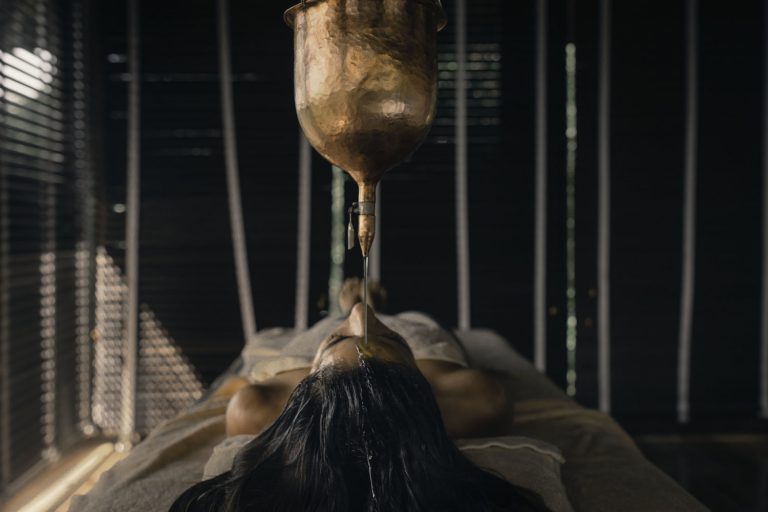
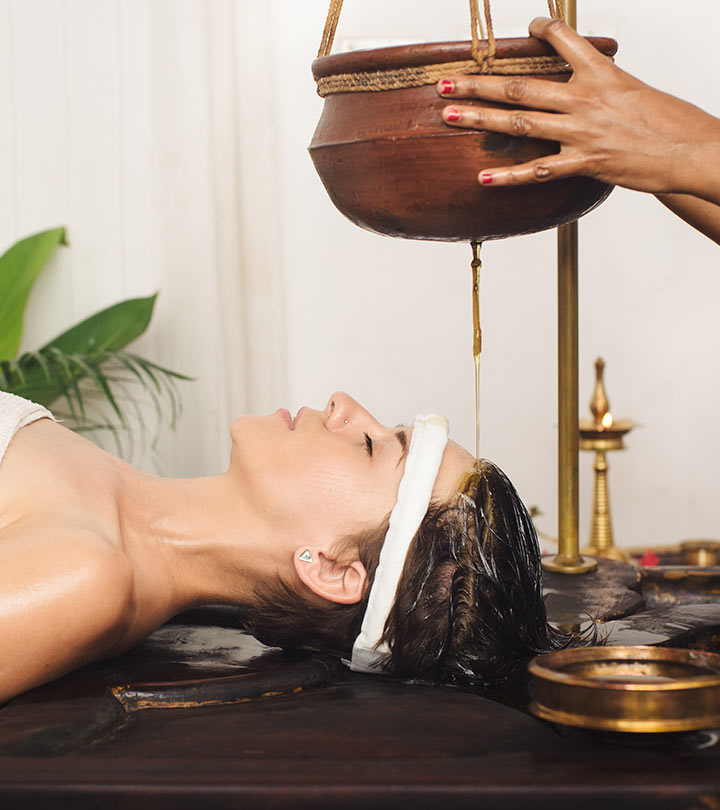
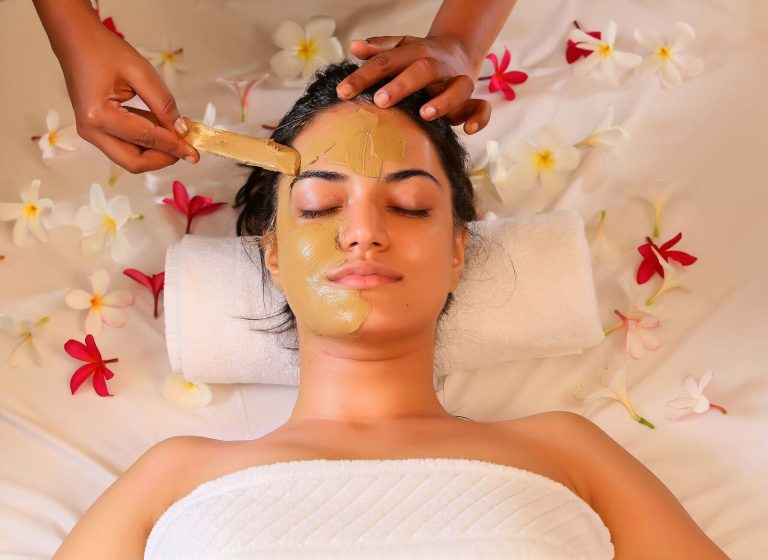
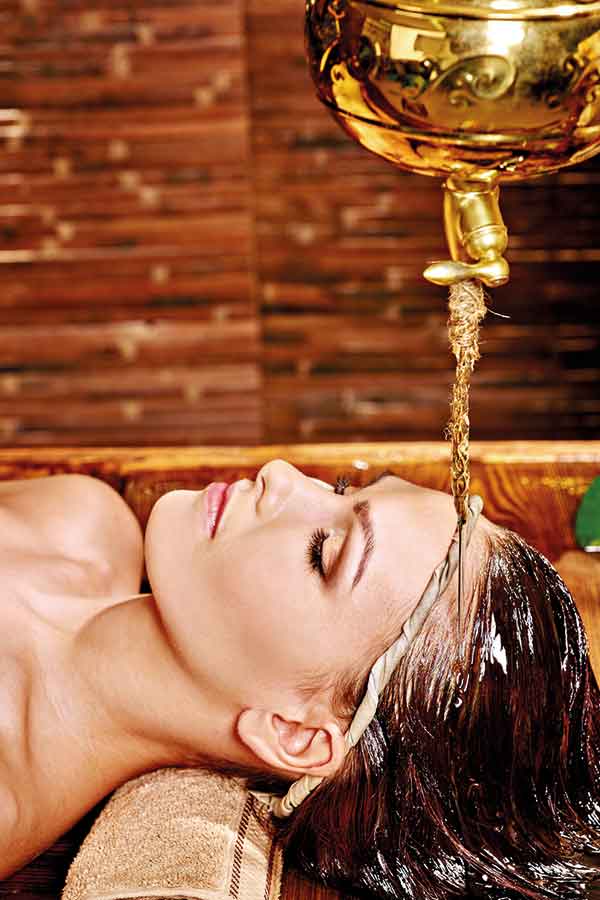


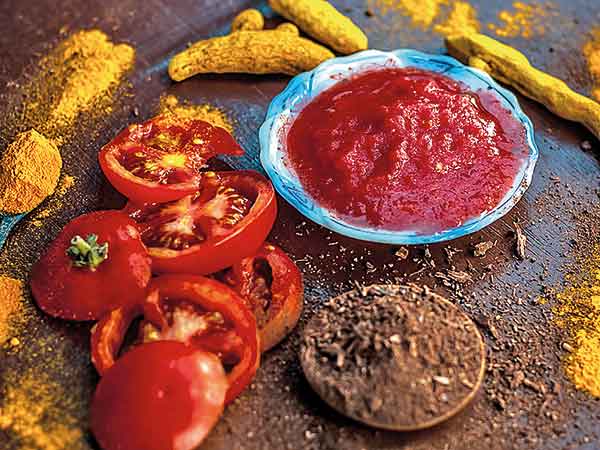
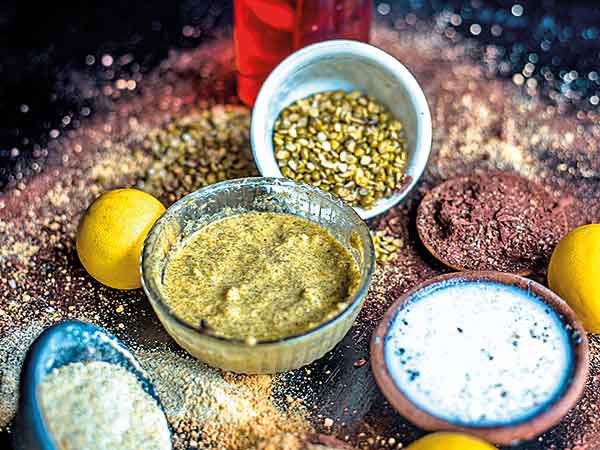







 Image Credit
Image Credit Image Credit
Image Credit Image Credit
Image Credit Image Credit
Image Credit Image Credit
Image Credit Image Credit
Image Credit Image Credit
Image Credit Image Credit
Image Credit Image Credit
Image Credit Image Credit
Image Credit Image Credit
Image Credit Image Credit
Image Credit Image Credit
Image Credit Image Credit
Image Credit Image Credit
Image Credit Image Credit
Image Credit Image Credit
Image Credit Image Credit
Image Credit Image Credit
Image Credit Image Credit
Image Credit Image Credit
Image Credit Image Credit
Image Credit Image Credit
Image Credit Image Credit
Image Credit Image Credit
Image Credit